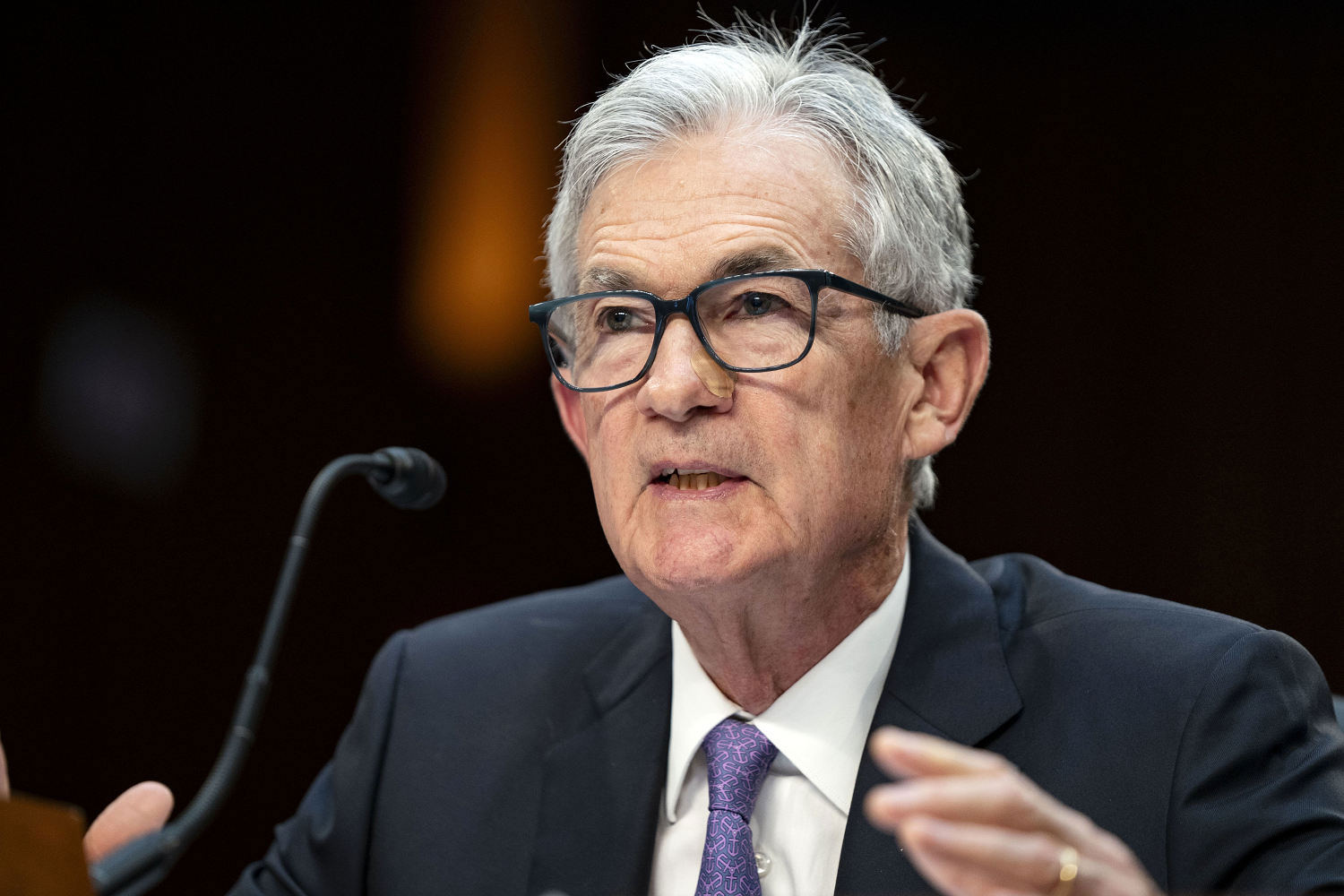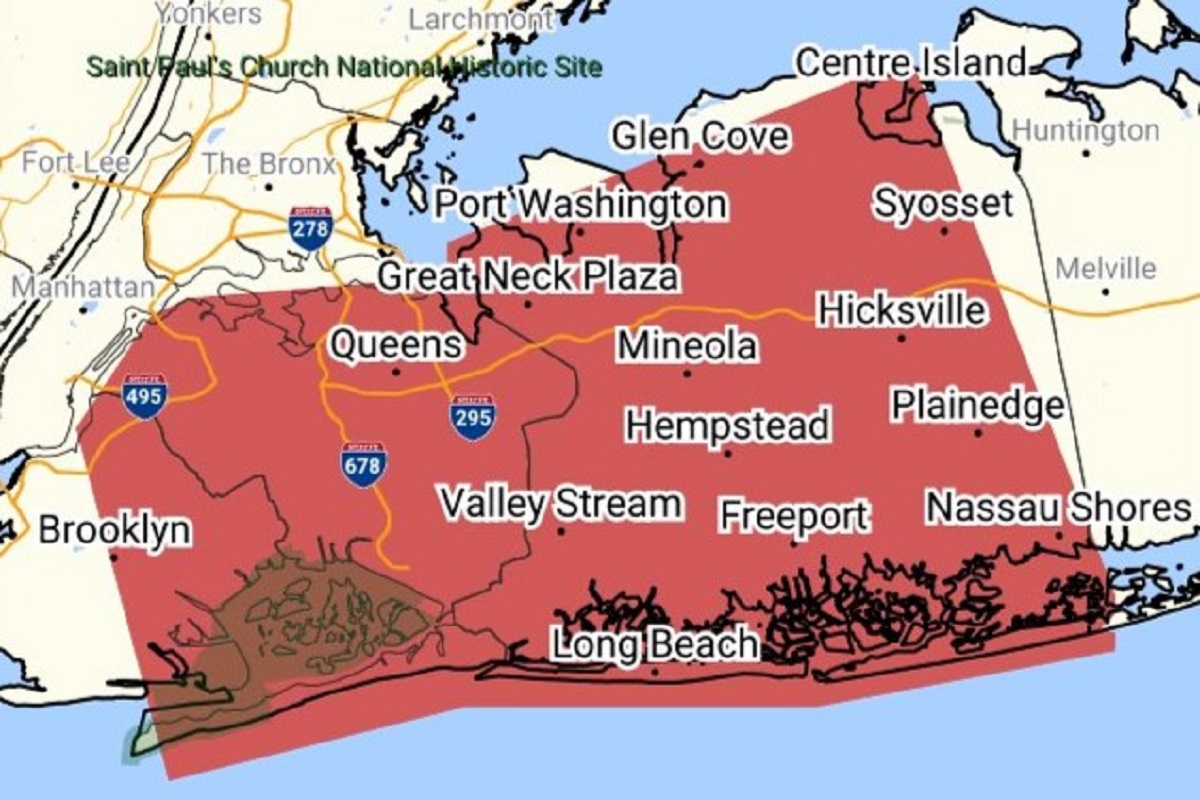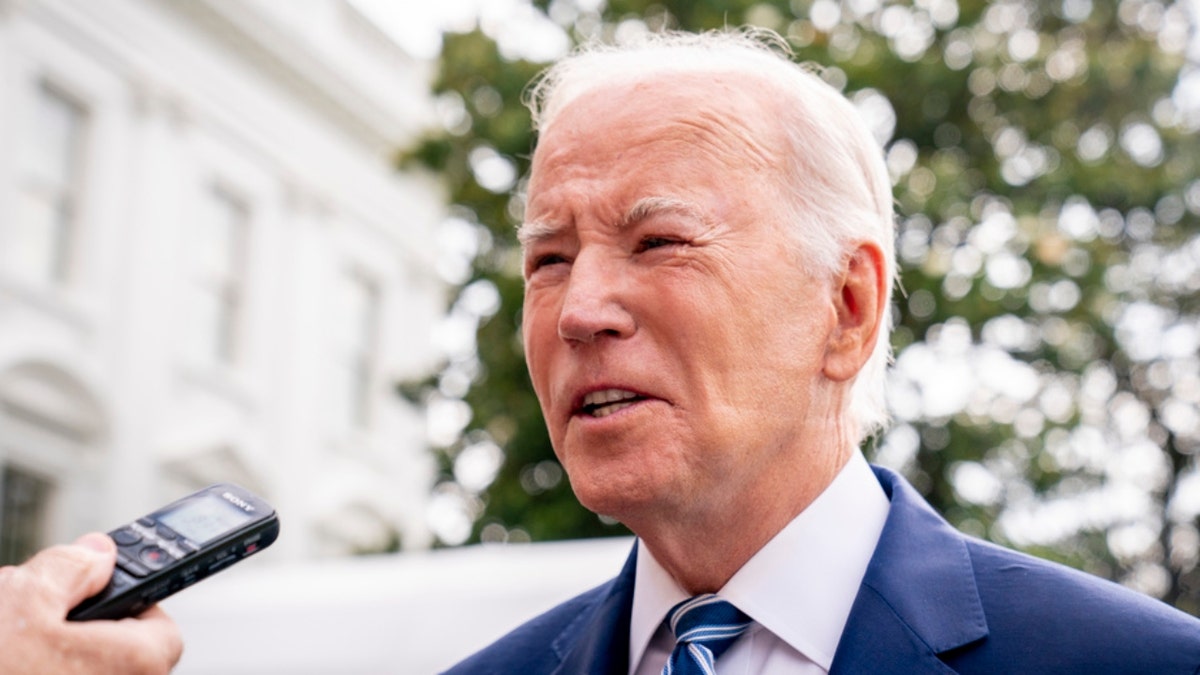Powell's Warning: How Tariffs Could Jeopardize The Fed's Objectives

Table of Contents
Inflationary Pressures from Tariffs
Tariffs, essentially taxes on imported goods, directly increase the price of those goods for consumers. This fundamental principle has significant implications for inflation. When tariffs are imposed, businesses face higher input costs, which they often pass on to consumers in the form of higher prices. For example, tariffs on steel and aluminum have increased the cost of manufacturing various goods, contributing to overall inflation. This can lead to a wage-price spiral, where rising prices prompt workers to demand higher wages, further fueling inflation. The resulting inflationary pressure directly conflicts with the Fed's mandate of price stability.
- Increased import costs: Higher prices for imported goods and raw materials.
- Reduced consumer purchasing power: Inflation erodes the value of consumers' money, reducing their ability to buy goods and services.
- Potential for stagflation: A dangerous combination of high inflation and slow economic growth.
- Impact on CPI and PPI: Tariffs directly impact both the Consumer Price Index (CPI) and the Producer Price Index (PPI), key indicators of inflation tracked closely by the Fed.
Impact on Economic Growth and Employment
Beyond inflation, tariffs significantly hinder economic growth and employment. Imposing tariffs disrupts established supply chains, causing production delays and shortages. Businesses reliant on imported goods face increased costs and uncertainty, leading to reduced investment and potential job losses. Moreover, retaliatory tariffs imposed by other countries negatively impact US exports, further harming economic activity and employment in export-oriented industries. The overall impact on Gross Domestic Product (GDP) growth can be substantial, creating a significant challenge for the Fed's goal of maximum employment.
- Supply chain disruptions: Delays and inefficiencies in the production and distribution of goods.
- Reduced business investment: Uncertainty stemming from trade disputes discourages long-term investments.
- Retaliatory tariffs: Other countries often respond to tariffs with their own, creating a cycle of trade restrictions.
- Negative impact on exports and related jobs: Reduced demand for US goods in foreign markets.
- Impact on GDP growth: Tariffs contribute to slower economic expansion, threatening jobs and overall prosperity.
Increased Market Uncertainty and Volatility
The unpredictable nature of tariff policies creates significant market uncertainty. Businesses struggle to plan for the future when facing constantly shifting trade landscapes. This uncertainty reduces business confidence and increases investment risk. The resulting market volatility makes it extremely difficult for the Fed to implement effective monetary policy. Prolonged trade disputes can escalate market uncertainty, potentially triggering market crashes or even recessions, further complicating the Fed's efforts to achieve its objectives.
- Reduced business confidence: Uncertainty about future costs and market access discourages investment and expansion.
- Increased investment risk: Businesses are hesitant to invest in long-term projects under unpredictable trade conditions.
- Market volatility and uncertainty: Fluctuations in financial markets make it harder for the Fed to manage the economy.
- Difficulty in monetary policy implementation: The Fed's ability to achieve its goals is hampered by unpredictable economic shocks.
The Fed's Response to Tariff-Induced Challenges
The Fed employs various tools to counteract inflationary pressures and support economic growth, including interest rate adjustments, quantitative easing, and forward guidance. However, the problems created by tariffs present unique challenges. Monetary policy is primarily designed to address cyclical fluctuations, not structural issues like those caused by trade wars. The Fed's ability to effectively counter the negative consequences of tariffs is therefore limited. Furthermore, there can be inherent conflicts between the Fed's goals and the administration's trade policy, creating a complex and challenging environment for economic management.
- Interest rate adjustments: Raising or lowering interest rates to influence inflation and economic growth.
- Quantitative easing: A monetary policy tool used to increase the money supply.
- Forward guidance: Communication by the Fed to guide market expectations.
- Limitations of monetary policy in addressing structural issues: Monetary policy is less effective in dealing with problems rooted in trade policy.
Conclusion: Understanding Powell's Warning on Tariffs
In summary, Powell's warning about the detrimental effects of tariffs on the US economy is well-founded. Tariffs pose a substantial threat to the Fed's ability to maintain price stability and promote maximum employment. They increase inflation, disrupt economic growth, create market uncertainty, and limit the effectiveness of monetary policy. Understanding the interconnectedness of trade policy and monetary policy is crucial for navigating the complexities of the current economic landscape. To further explore Powell's concerns about tariffs and the impact of tariffs on the Fed, engage with reputable economic news sources and conduct further research on the long-term consequences of protectionist trade policies. Understanding the risks of tariffs to economic stability is vital for informed decision-making and advocating for sound economic policies.

Featured Posts
-
 Flash Flood Warning Texas North Central Texas Under Downpour Alert
May 25, 2025
Flash Flood Warning Texas North Central Texas Under Downpour Alert
May 25, 2025 -
 Joe Bidens Post Presidency The Week That Changed Everything
May 25, 2025
Joe Bidens Post Presidency The Week That Changed Everything
May 25, 2025 -
 Proposed French Law Banning Hijabs For Under 15s In Public Spaces
May 25, 2025
Proposed French Law Banning Hijabs For Under 15s In Public Spaces
May 25, 2025 -
 The Nvidia Rtx 5060 Debacle Lessons For Gamers And Reviewers
May 25, 2025
The Nvidia Rtx 5060 Debacle Lessons For Gamers And Reviewers
May 25, 2025 -
 Southern Vacation Hotspot Responds To Negative Safety Rating After Shooting
May 25, 2025
Southern Vacation Hotspot Responds To Negative Safety Rating After Shooting
May 25, 2025
